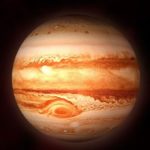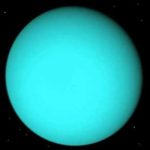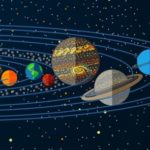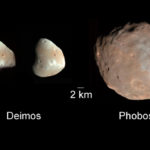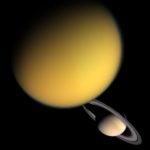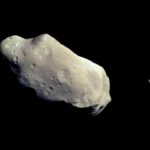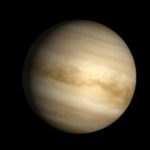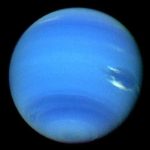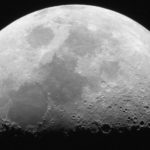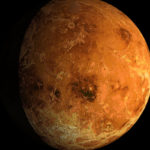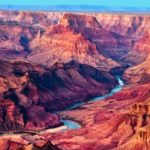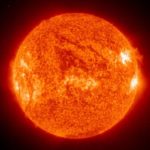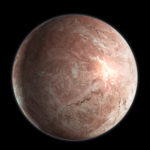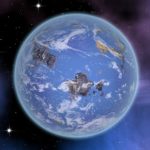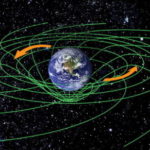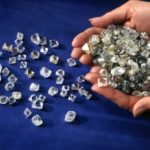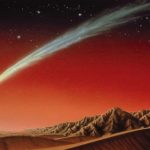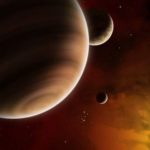Interesting facts about the satellites of the planets
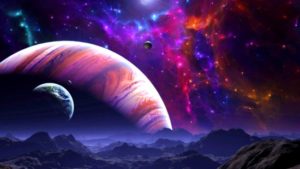 Most planets of the solar system have their own natural satellites. There are a great many theories of their origin, as well as theories explaining their influence on the mother planet. Be that as it may, the satellites are inseparable from their planets, like the feudal lords of the suzerain.
Most planets of the solar system have their own natural satellites. There are a great many theories of their origin, as well as theories explaining their influence on the mother planet. Be that as it may, the satellites are inseparable from their planets, like the feudal lords of the suzerain.
The largest satellite in the solar system is Ganymede, which revolves around Jupiter. He even has his own magnetic field.
The most capricious relief is in Miranda, a satellite of Uranus. Some canyons on the surface of this small moon are a dozen times deeper than the Grand Canyon on Earth.
Callisto, a satellite of Jupiter, is known as a satellite with the largest number of craters covering almost the entire surface of it. There is no geological activity on Callisto, so the relief is not smoothed out.
But another satellite of Jupiter, Io, is sometimes called the “volcanic hell” for the rabid activity of volcanoes that dot the whole of its surface. Most likely, it is caused by the gravitational interaction of Jupiter itself.
Dactyl is the smallest satellite in the solar system. It is unique in that it is not drawn around the planet, but around the asteroid Ida.
Saturn’s satellites Janus and the Epimetheus were probably once one whole. They rotate in the same orbit, and every four years, when it seems that they are about to collide, simply change places.
On Saturn’s satellite Enceladus there are cryovolcanoes and geysers, which actively throw matter at a high altitude. It is from the substance thrown out by Enceladus into outer space that one of the numerous rings of Saturn is formed.
The only known satellite, rotating on the opposite side of the planet – Triton, a satellite of Neptune.
On Triton there are many active and active cryovolcanoes erupting water and ammonia.
Sooner or later Triton will be destroyed by the gravitational influence of Neptune, after which, most likely, it forms a ring around the planet.
In Europe, the satellite of Jupiter, it is assumed that there is an ocean of liquid water under the ice, covering the entire surface of the satellite.
According to approximate calculations, the water in Europe is several times larger than on the Earth.
In addition, Europe from all the heavenly bodies of our system has the most flat surface.
The only satellite with an atmosphere is Titan. Its atmosphere is several times denser than the terrestrial atmosphere, so that it is impossible to observe its surface from the cosmos in the visible spectrum. The first photos of lakes, rivers and mountains on Titan were obtained after the successful landing of the Huygens space probe on it.
Sputnik Mars Phobos sits down and goes back twice a day.
The most geologically active object in the solar system is the above-mentioned satellite of Jupiter Io.
Satellites of Titan and Ganymede are larger in size than the planet Mercury.
The satellite of Saturn, Rhea, presumably has its own rings, but this has not yet been confirmed.
On the satellite of Saturn, Mimas, there is a huge crater, whose diameter is about a quarter of the diameter of Mimas.
On another satellite of Saturn, Tethys, there is a huge rift. It passes along the surface of the satellite, and in length is equal to 80% of the equator.
The largest crater on Tethys has a diameter of one-third the diameter of the Tethys itself.
Iapetus, revolving around Saturn at a distance of four million kilometers, is remarkable for the fact that one half of it is completely smooth, and the other is completely covered with craters.

